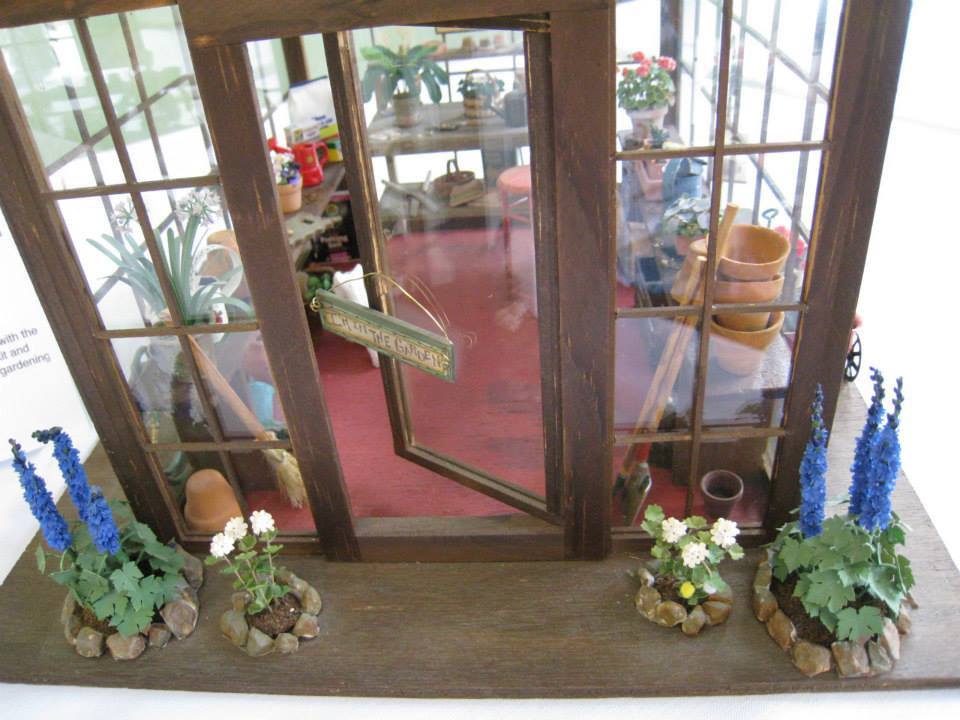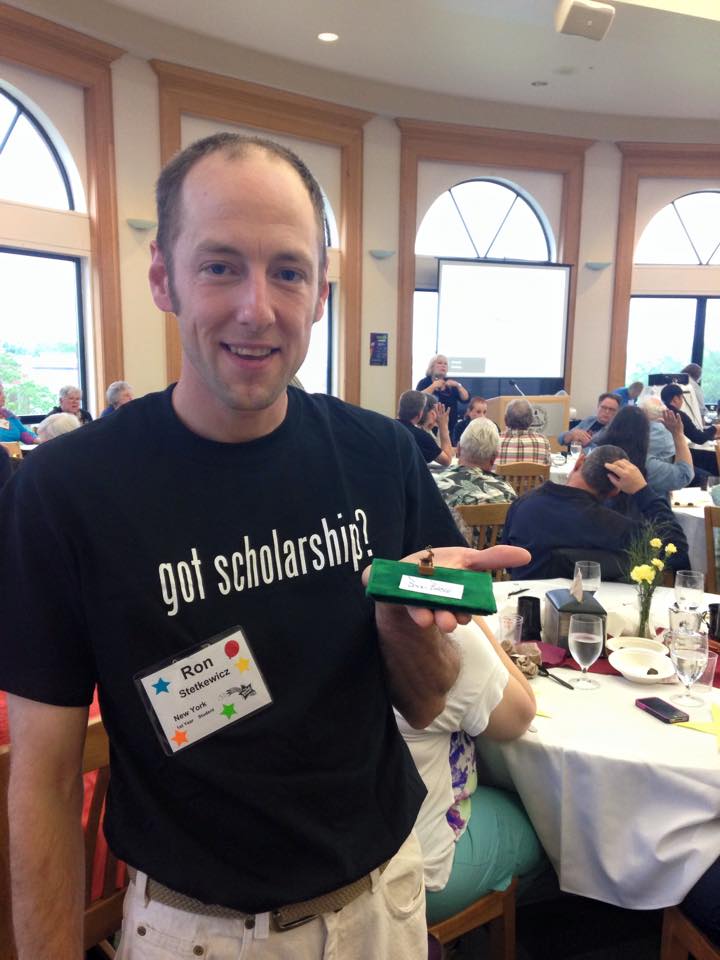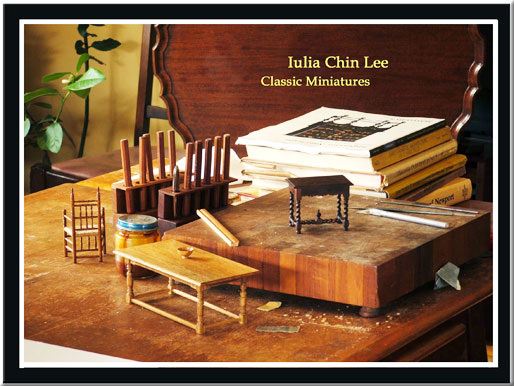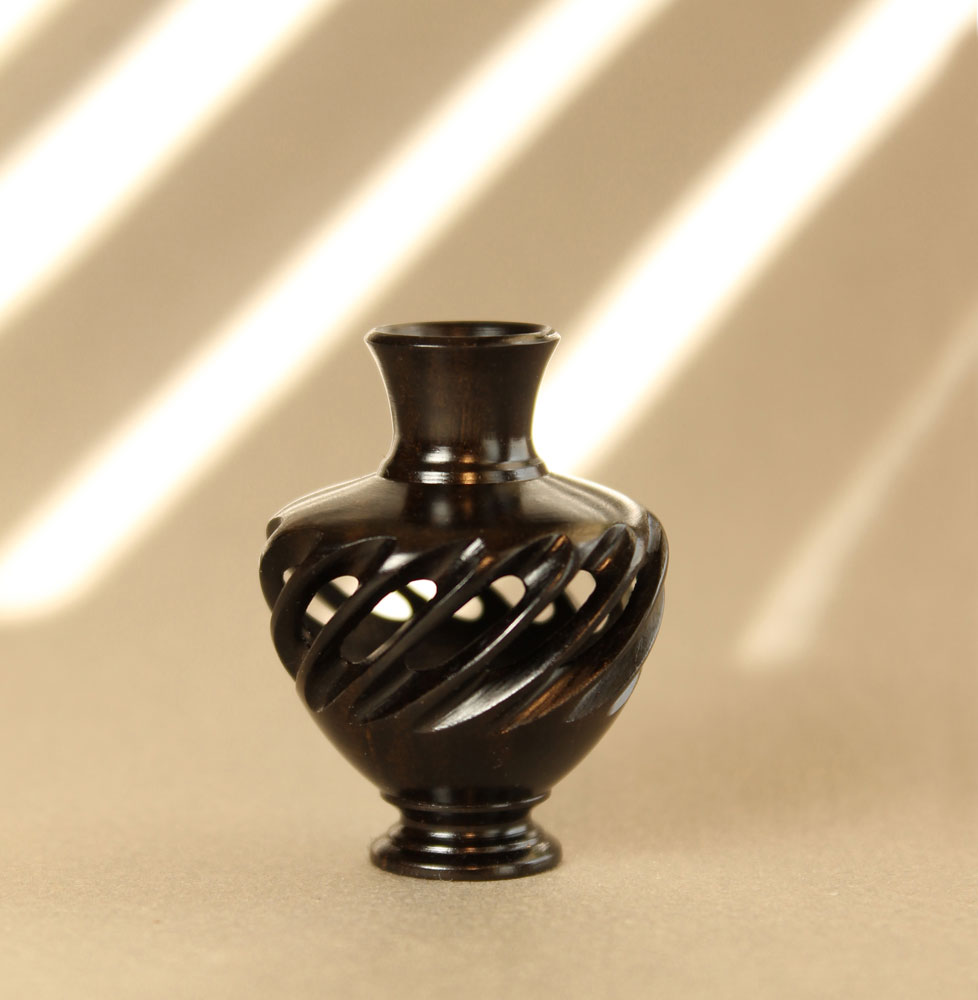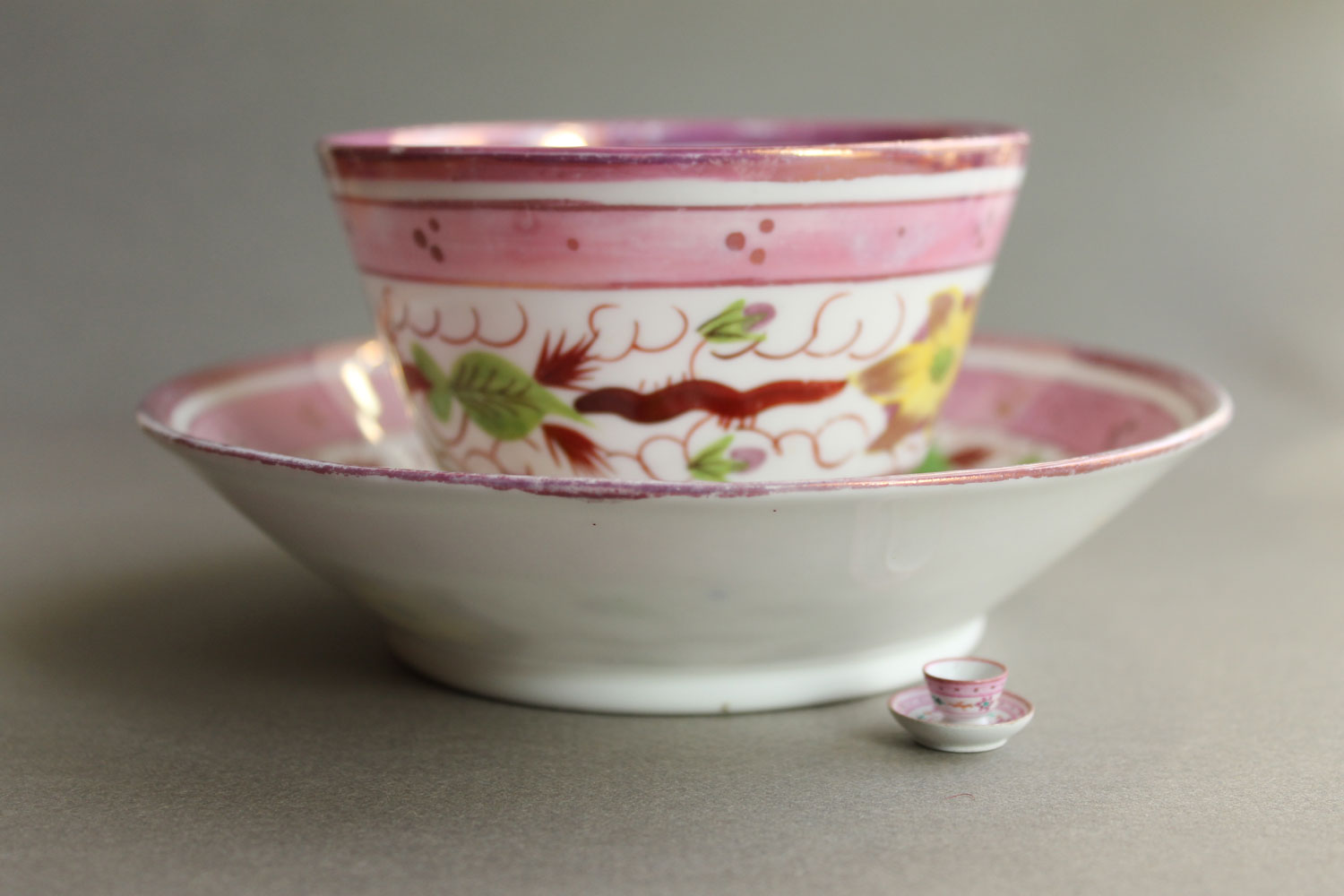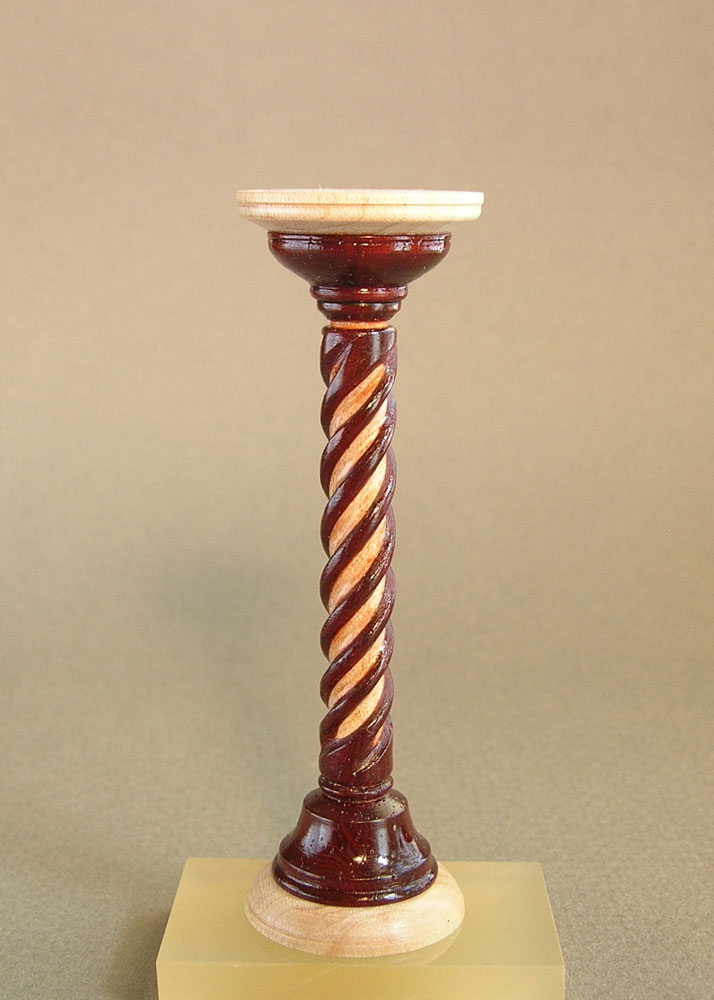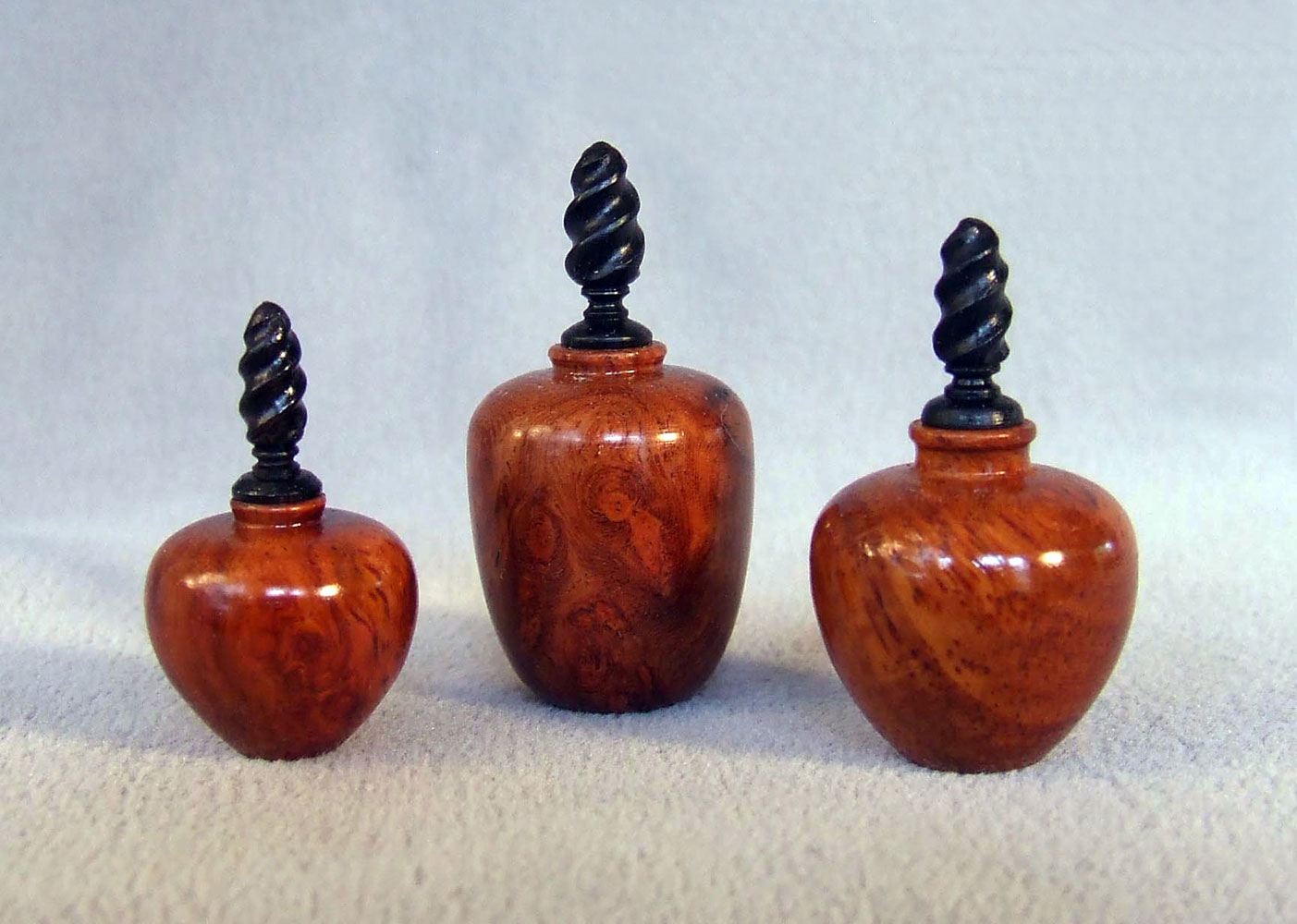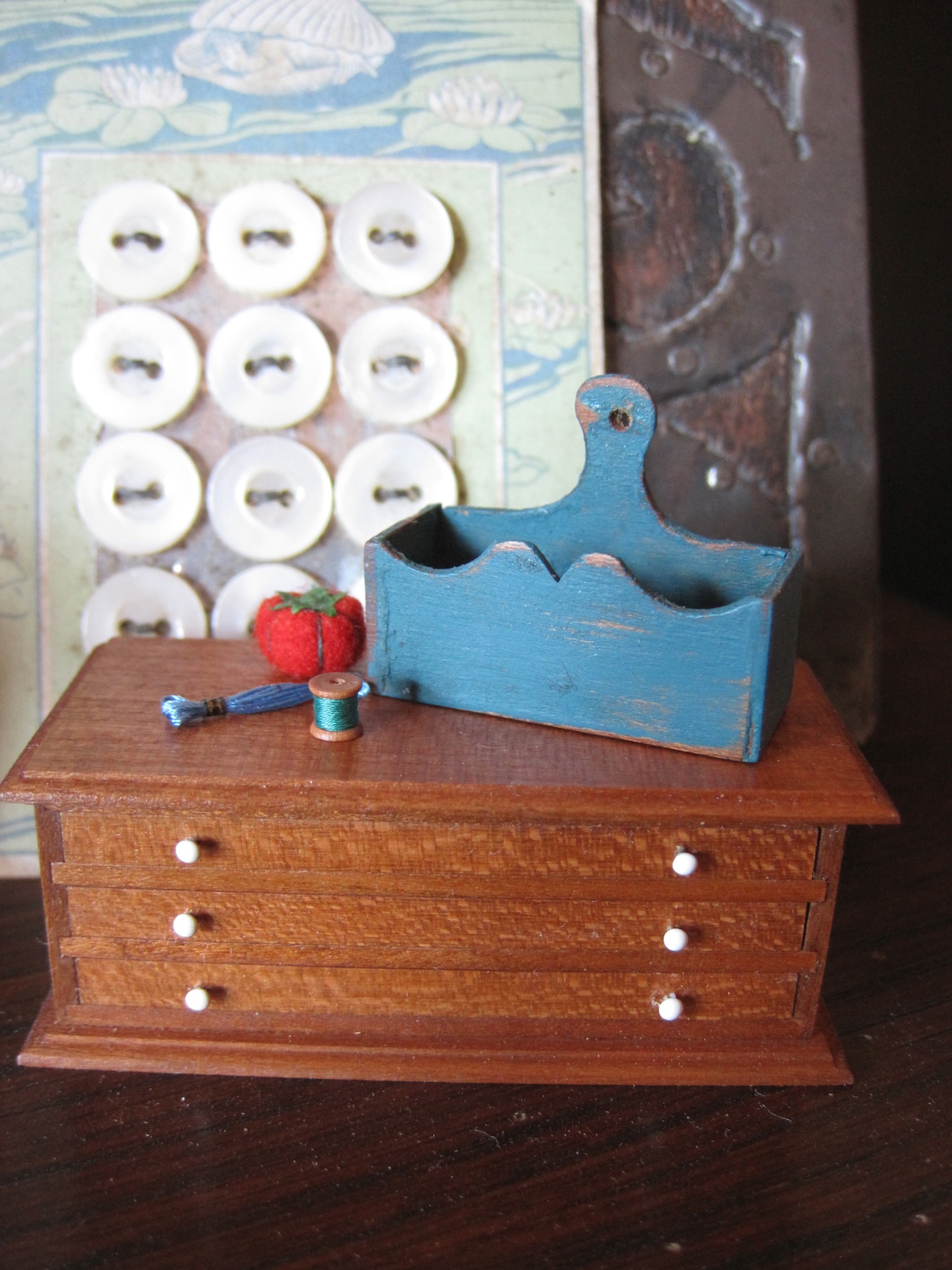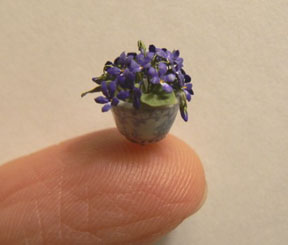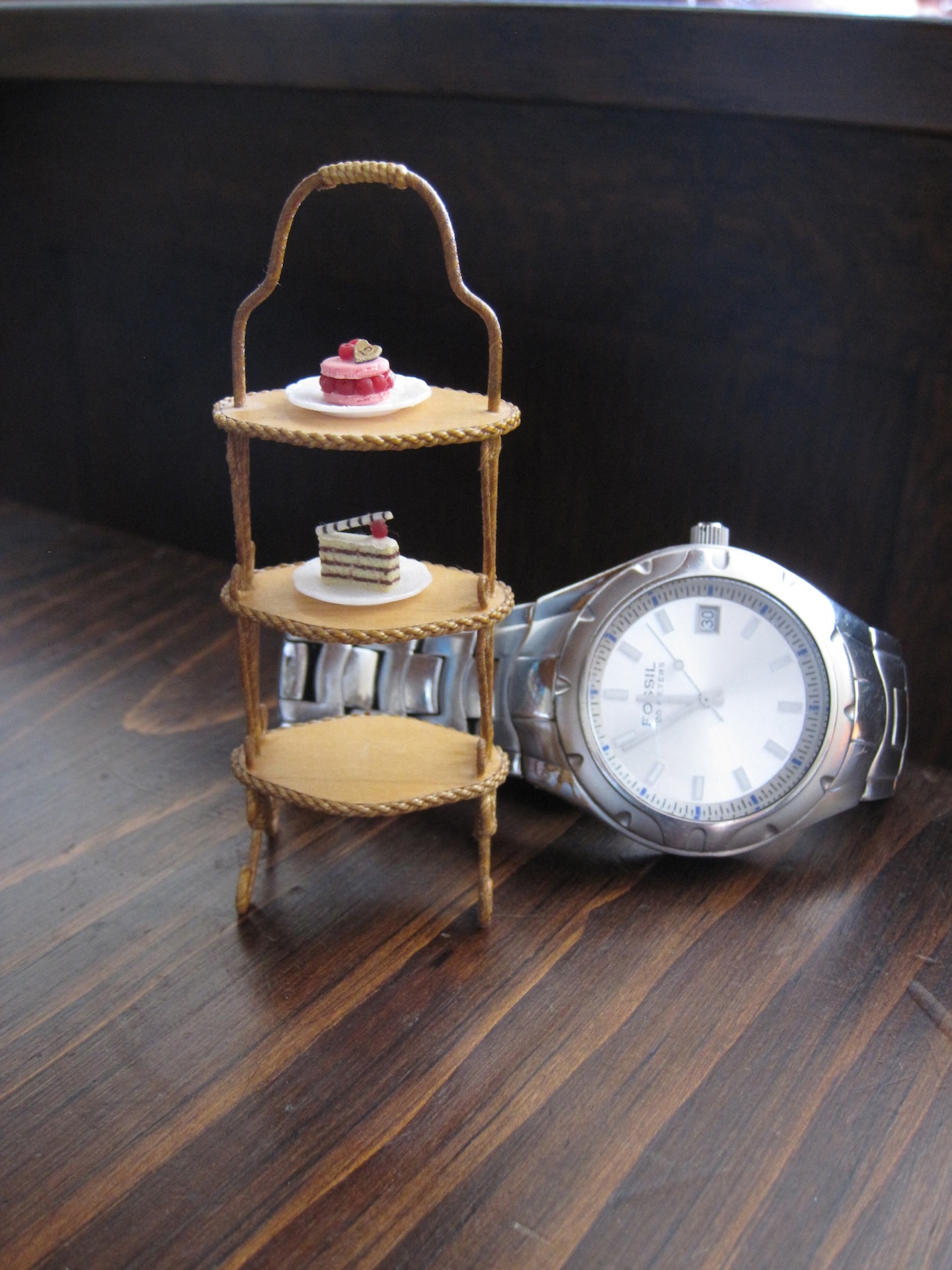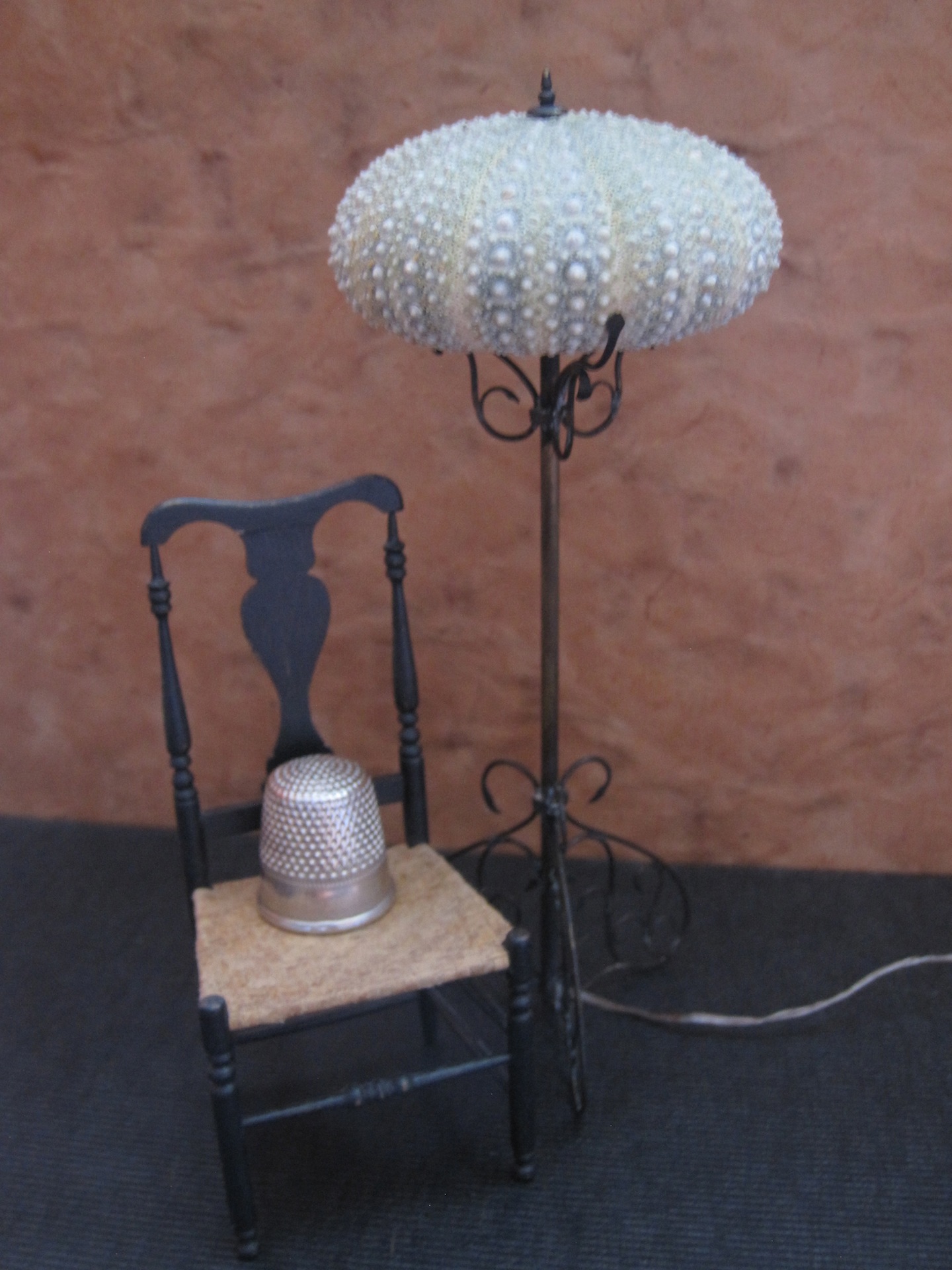Author and Lifelong Miniatures Enthusiast Anne Day Smith
How did you first get involved with miniatures?
I have always loved little things. Whenever my parents traveled, they brought back things for me—always under 3 inches or so—because they knew I loved miniatures.
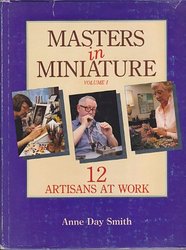 Growing up, I had a miniature Block House secretary desk with a cabinet over it. I still have it today.
Growing up, I had a miniature Block House secretary desk with a cabinet over it. I still have it today.
When and how did you begin writing about miniatures?
I began writing primarily to support my habit. I had my first dollhouse in 1948. It was furnished with Renwal furniture, which I also still have. Not too long after, I began writing the monthly newsletter for the Cleveland Miniaturia Society. When our group invited Caye MacLaren, the owner of Nutshell News (now Dollhouse Miniatures Magazine), to be a guest speaker at an annual show in August 1978, I picked her up from the airport. I loved every minute of our time together. She had just written a book and asked me to start writing for her.
I thought I might retire over the years, but it turned out no one was writing profiles about the miniature industry at the time. When you write non-fiction, you hide behind someone’s words. I was learning so much from these miniaturists. My passion came to life.
When did you transition into photography of miniatures?
I had taken photos for ages—of miniatures, roomboxes, dollhouses, any miniature scene. About 5 years after getting started, one of my vertical shots worked out just right and was used for the cover of Nutshell News. It’s my only cover.
Why the preoccupation with miniatures? Why do you write about minis?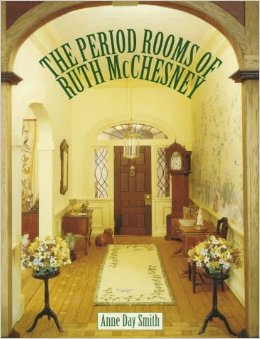
I love the opportunity to meet all the different people I have met over the years. My miniature friends live all over the world. And when someone recognizes you at a show, that’s something wonderful—you feel like a big frog in a little puddle. I really enjoy writing about these artisans and learning how they go about it. You know, when you get to the end of an interview, that’s when the best information comes—right after the interview has concluded.
What inspires you?
Getting together with other miniaturists truly inspires me. After a meet-up, I’ll go home and work on projects I have put off. There’s a stimulation from spending time in a miniatures environment like IGMA Guild School. Everyone that goes home from the School puts in a lot of work on their projects. If they haven’t finished a project they started at IGMA Guild School, they will go home and finish it.
I can already think of the things I would like to do when I return home. I especially like to make flowers. I once sat in Sandy Wall’s class, and it was so quiet you could hear a petal drop.
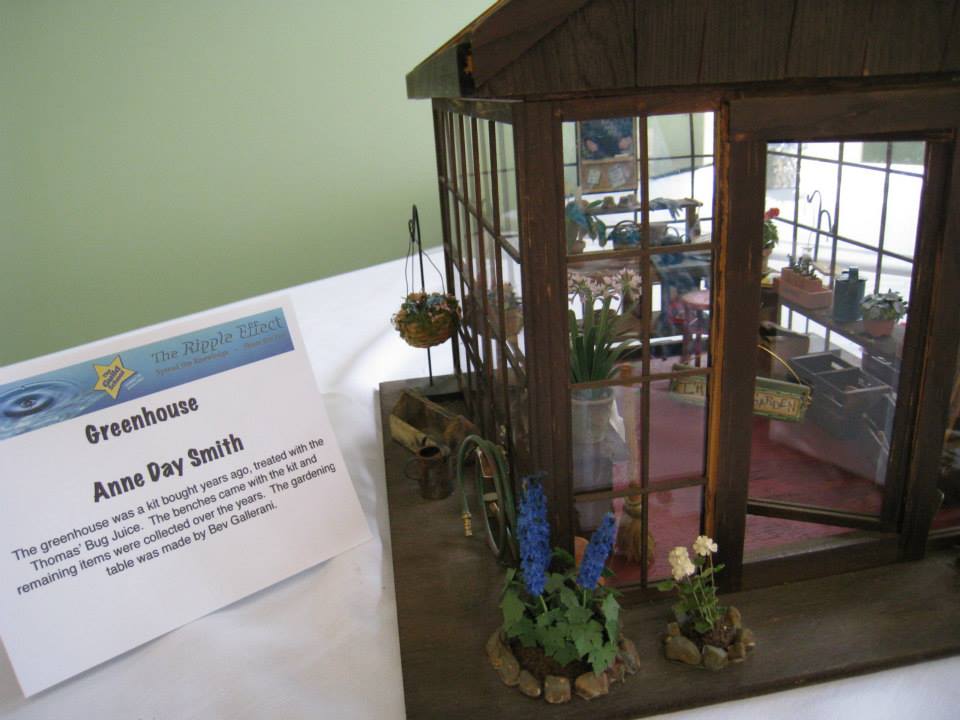 Do you make or collect miniatures yourself?
Do you make or collect miniatures yourself?
I have a quite a few three-sided picture frames at home. I’m not a woodworker. I can wallpaper and I can put in carpets. For this year’s IGMA Guild School Exhibit, I put together a greenhouse scene.
At home, I have a dollhouse and whenever they visit, I encourage the local children in my neighborhood to play around with the rooms and change the space.
How often do you make miniatures?
I spent one whole winter making a dollhouse for the granddaughter of my friend who had passed away. I picked up the dollhouse from the child’s mother, and later I sent samples of wallpaper to the child for her to pick out her preferences. I worked on it all winter and then when it was complete, I drove it down to Washington, D.C. and delivered it to her. We named it, “Eva Grace Manor” after her grandmother.
How do we preserve the miniature trade? How can we pass down all the skills of these fine artisans?
Skills are passed down annually at the International Guild of Miniature Artisans Guild School, held for a week in Castine, Maine. Through teaching and the passing along of skills, a lot of the Guild School students taking classes will, in turn, go home and teach a class or give a lecture for adult education. They share their techniques and advice with fellow miniature enthusiasts.
My first dollhouse was ¾ scale chunky wood. On one occasion, I had about 15 girl scouts come and visit my studio space. I said “please don’t touch anything without asking me first.” They touched everything. And nothing got broken. They were so careful. Several of those children are older now and have come back, remembering the delight of their first visit to see the miniature house. I believe that you can trust children to be exceptionally careful with miniature collectibles after a certain age.
What advice would you give to new miniaturists?
Try everything. Once a miniaturist zeroes in on what will be their medium, they can truly hone their skills and focus on their craft. The IGMA and any other miniature-affiliated organization should support that person by offering advice and buying their product. The Guild promotes moving up and awards recognition for skills learned: Artisan and Fellow. 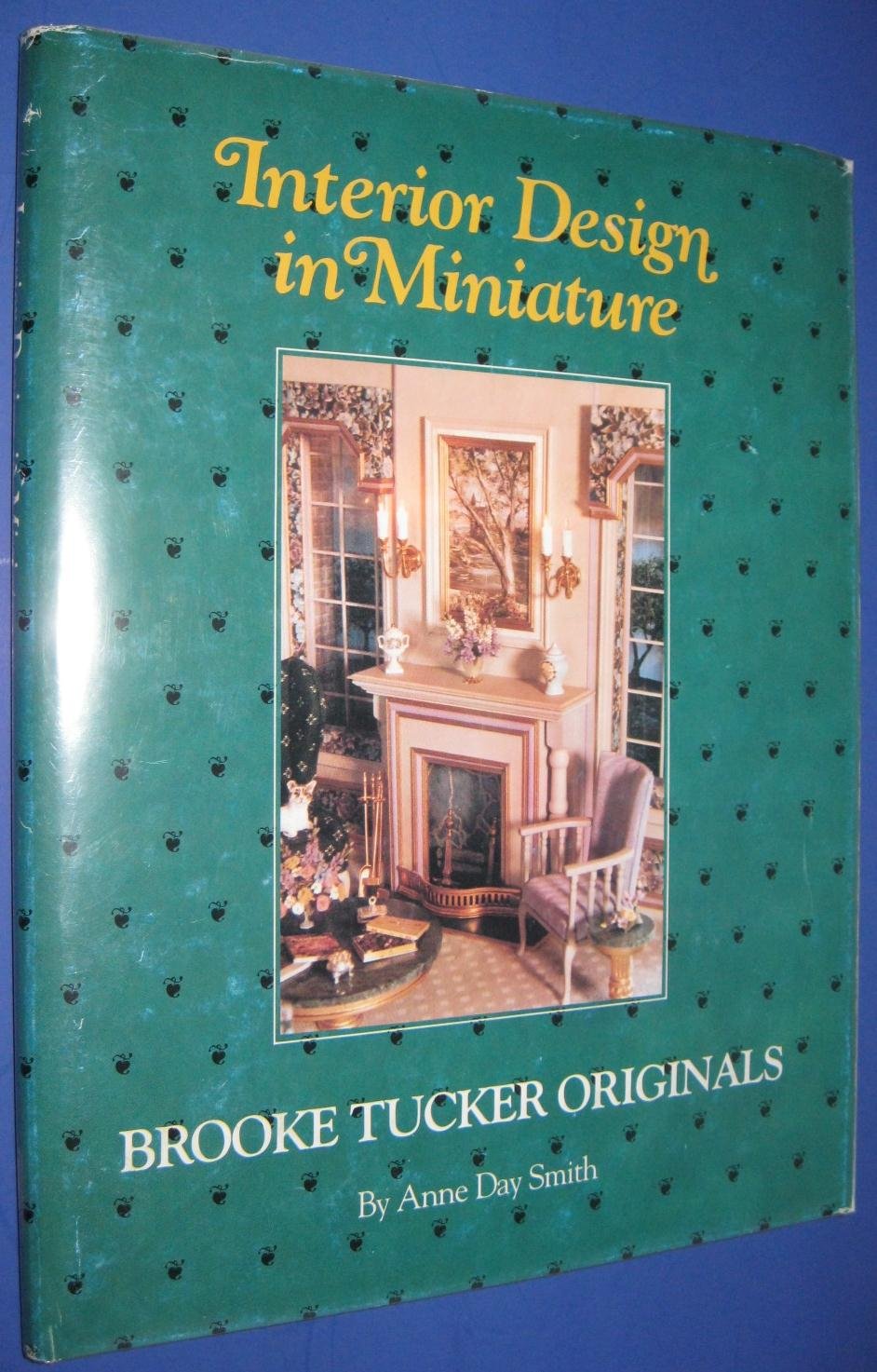 Some artists may try 2-3 times to achieve these levels, and the letters they receive from their instructors and the Guild committee are always very encouraging. These remarks include practical advice on how to improve finish, how to make a flower smaller or bigger—and additional constructive advice.
Some artists may try 2-3 times to achieve these levels, and the letters they receive from their instructors and the Guild committee are always very encouraging. These remarks include practical advice on how to improve finish, how to make a flower smaller or bigger—and additional constructive advice.
What advice would you give to a new writer?
You simply must have a huge interest in what you’re writing about.
What do you want miniature fans to know about you?
I’ve loved the whole thing. I’ve loved the people. I’ve delighted in all the new things I have learned. Miniatures have provided a wonderful experience for me. And so many friendships have come about as a result. I have been able to write about so many talented people.
Anne Day Smith is the author of six books. To learn more about her experience as a writer covering the world of miniatures, shop her books online.
